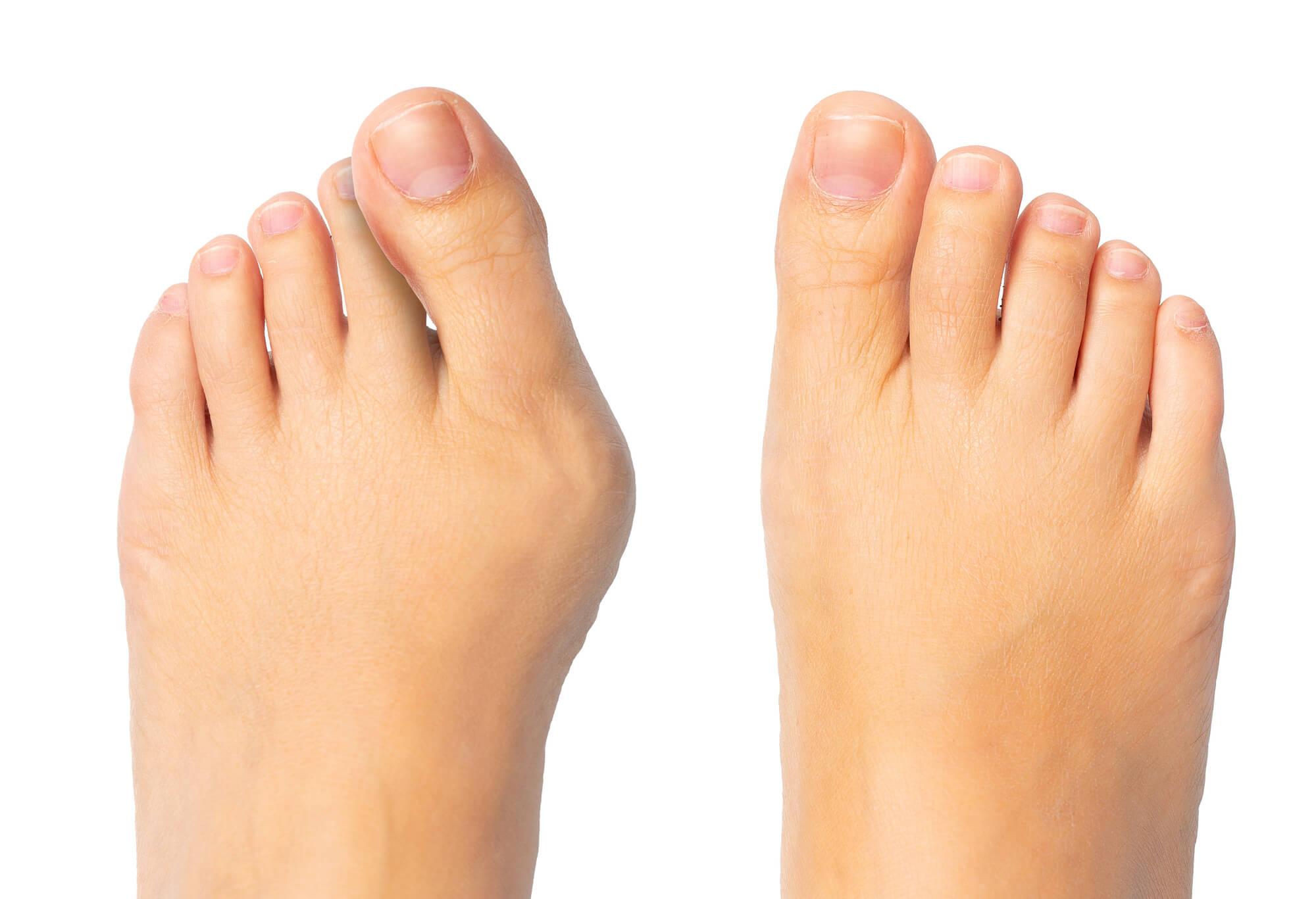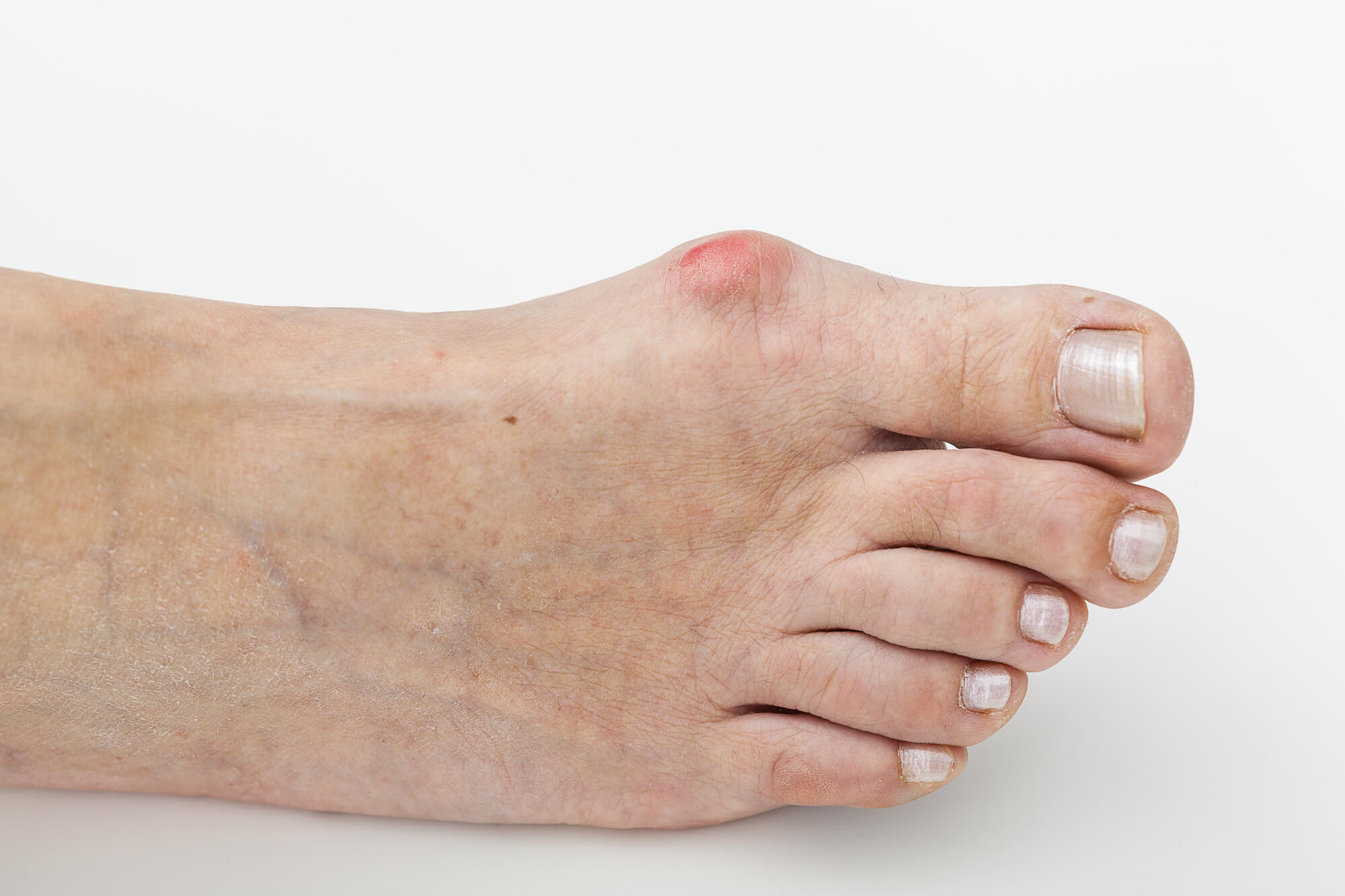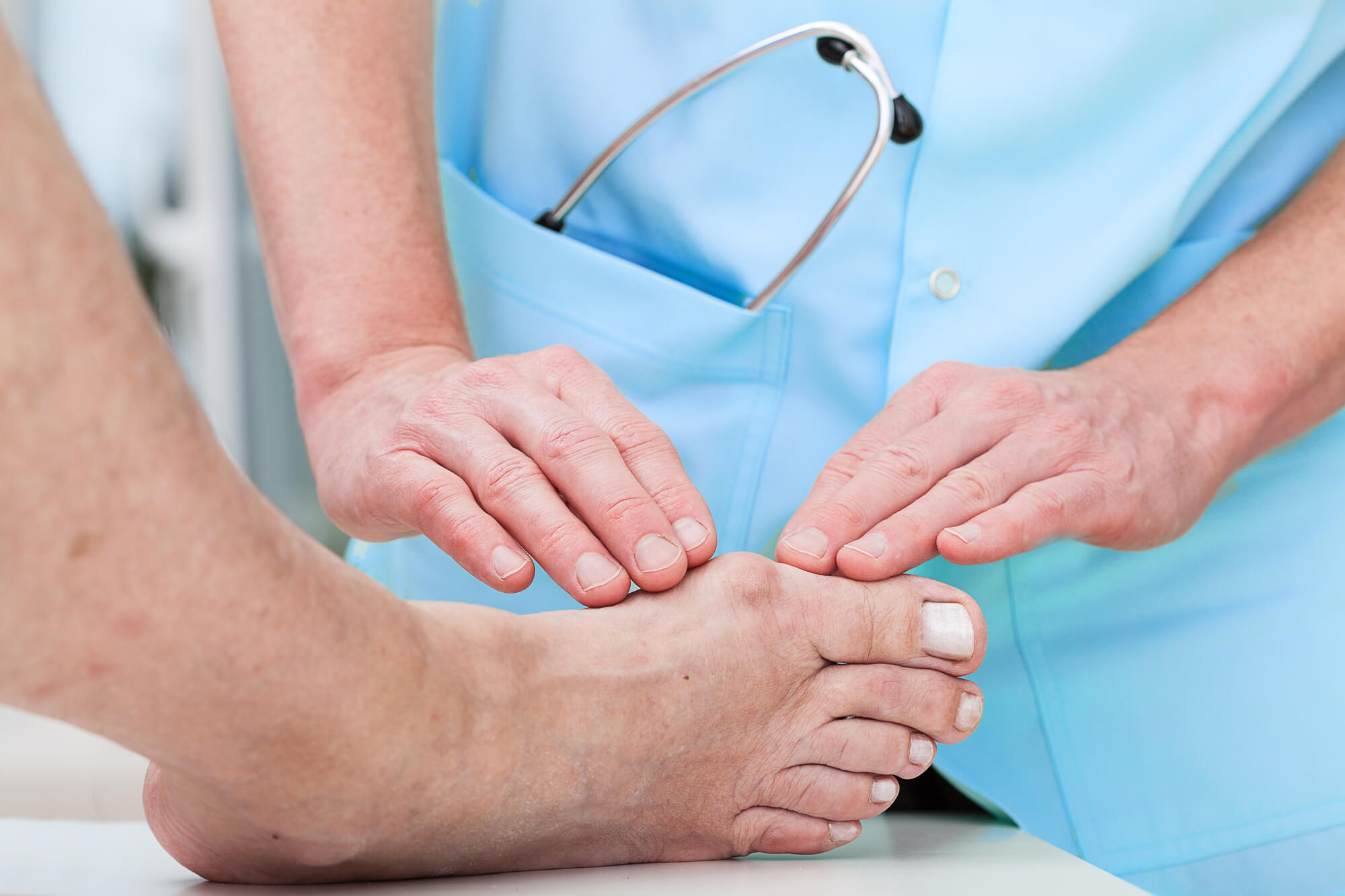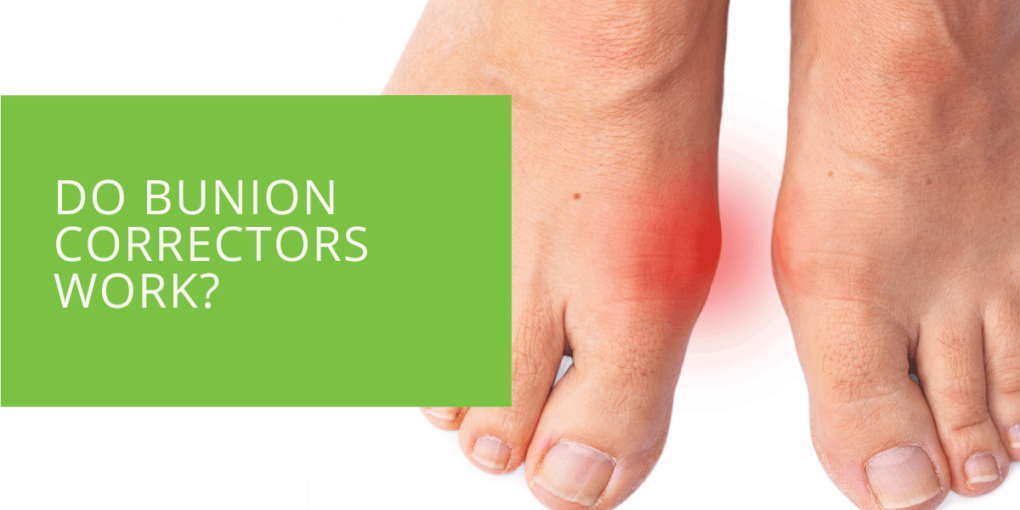Do Bunion Correctors Work?
Bunions are a common foot condition characterized by a bony bump at the base of the big toe. Many people seek non-surgical options to alleviate pain and potentially correct the deformity. Bunion correctors, such as splints, braces, and toe spacers, claim to offer relief and improve the alignment of the big toe. In this article, we will delve into the effectiveness of bunion correctors, exploring the scientific evidence, factors affecting their efficacy, and alternative treatment options.
Understanding Bunions
What Are Bunions?
Bunions are a progressive deformity of the big toe joint, resulting in a bony bump on the side of the foot. They can cause pain, discomfort, and difficulty wearing certain footwear. Understanding the type and severity of your bunion is essential in choosing the appropriate treatment approach.
Causes and Risk Factors
Bunions can be caused by a combination of factors, including genetics, abnormal foot structure, and wearing ill-fitting shoes. Certain foot types, such as those with flat feet or a hypermobile joint, may be more prone to developing bunions. Identifying the underlying cause can guide treatment decisions.

Bunion Correctors: How They Work
Types of Bunion Correctors
Bunion correctors come in various forms, including splints, braces, toe spacers, and cushions. Each type of corrector aims to address specific aspects of bunion symptoms and offer different levels of support.
Splints and Braces
Splints and braces are designed to hold the big toe in a straighter position, helping to realign the joint and reduce the angle of the bunion. They typically consist of straps, bands, or braces that provide gentle but consistent pressure on the affected area. Splints and braces are often worn overnight or for longer periods during the day.
Toe Spacers and Separators
Toe spacers and separators are typically soft materials such as silicone or gel. These devices fit between the toes, helping to separate and align them properly. By creating space between the toes, toe spacers can reduce pressure and friction, relieving pain and discomfort caused by overlapping toes or crowding.
Cushions and Pads
Bunion cushions and pads are usually made of soft cushioning materials. They are designed to provide padding and protection to the bunion area, reducing friction and pressure when walking or wearing shoes. Cushions and pads can help alleviate pain and discomfort associated with bunions, making them a popular choice for temporary relief.
Mechanism of Action
Bunion correctors work by applying gentle and consistent pressure on the affected area. Their main goals are to alleviate pain, improve foot alignment, and potentially slow down the progression of the bunion. The specific mechanisms of action can vary depending on the type of corrector used.
Splints and Braces
Splints and braces work by holding the big toe in a straighter position, which helps to realign the joint and reduce the angle of the bunion. They provide support and stability, preventing further toe deviation and promoting proper alignment over time. Splints and braces can relieve pressure and reduce pain by keeping the toe in a more neutral position.
Toe Spacers and Separators
Toe spacers and separators work by creating space between the toes, particularly the big toe and the second toe. By gently pushing the toes apart, they help to alleviate pressure, reduce friction, and prevent overlapping or crowding of the toes. This can provide relief from discomfort and promote better alignment of the toes.
Cushions and Pads
Bunion cushions and pads provide additional cushioning and padding to the bunion area. They help to distribute pressure more evenly and reduce friction caused by shoes rubbing against the bunion. Cushions and pads can temporarily relieve discomfort and protect the bunion from further irritation.

Effectiveness of Bunion Correctors
Research and Evidence
The effectiveness of bunion correctors in treating bunions is a subject of ongoing debate among medical professionals. While some studies suggest positive outcomes, it is important to consider the limited scientific evidence and variations in study designs. The efficacy of bunion correctors can vary depending on individual factors such as the type and severity of the bunion, foot anatomy, and consistent usage of the corrector.
Factors Affecting Effectiveness
Several factors can influence the effectiveness of bunion correctors. It is crucial to consider these factors when assessing the potential benefits of using bunion correctors as part of your treatment plan.
Bunion Type and Severity
The type and severity of the bunion play a role in determining the effectiveness of bunion correctors. Mild to moderate bunions may respond better to conservative measures, including bunion correctors, while severe bunions may require more extensive treatment options such as surgery. Consulting with a podiatrist can help determine the appropriate treatment approach based on the specific characteristics of your bunion.
Individual Foot Anatomy
Each individual has unique foot anatomy, including foot structure, alignment, and range of motion variations. These anatomical factors can influence how well a bunion corrector works for an individual. Factors such as foot flexibility, ligament laxity, and joint mobility can affect the response to the corrector. A podiatrist can evaluate your foot anatomy and provide personalized recommendations.
Consistent and Proper Usage
The effectiveness of bunion correctors relies on consistent and proper usage. Adhering to the recommended wearing schedule and instructions provided by the manufacturer is crucial. Consistency and adherence to the corrector can help provide the best chance for potential benefits. It is important to understand that results may vary among individuals, and patience is often required when using bunion correctors.

Alternative and Complementary Treatments
While bunion correctors are commonly part of a comprehensive treatment plan, it is important to consider other conservative options and complementary treatments. These can enhance the effectiveness of bunion correctors and contribute to overall symptom relief and foot health.
Footwear Modifications
Choosing appropriate footwear is essential in managing bunions. Opt for shoes with a wider toe box, adequate arch support, and cushioning to reduce pressure on the bunion area. Avoid tight-fitting or high-heeled shoes that can exacerbate symptoms and increase discomfort.
Orthotic Inserts
Orthotic inserts, such as custom-made or over-the-counter arch supports, can provide additional support and help redistribute pressure while walking or standing. They can be combined with bunion correctors to enhance foot alignment and alleviate discomfort.
Strengthening and Stretching Exercises
Exercises focusing on strengthening the muscles around the foot and ankle can help improve foot function and stability. Stretching exercises can help maintain flexibility and prevent muscle imbalances that may contribute to bunion progression. A podiatrist or physical therapist can recommend specific exercises tailored to your needs.
Surgical Intervention
In cases where conservative measures, including bunion correctors, fail to provide adequate relief or the bunion becomes severe, surgical intervention may be necessary. Bunion surgery aims to correct the underlying deformity and alleviate symptoms. A podiatrist can evaluate your condition and discuss surgical options if deemed appropriate.
Conclusion
While bunion correctors may offer temporary pain relief and potential benefits for some individuals, their effectiveness in correcting them is still debatable. The decision to use a bunion corrector should be made in consultation with a podiatrist, considering factors such as the type and severity of the bunion, individual foot anatomy, and overall treatment goals. A comprehensive approach incorporating conservative measures, such as footwear modifications and orthotic inserts, along with regular monitoring by a podiatrist, is crucial in managing bunions effectively.

